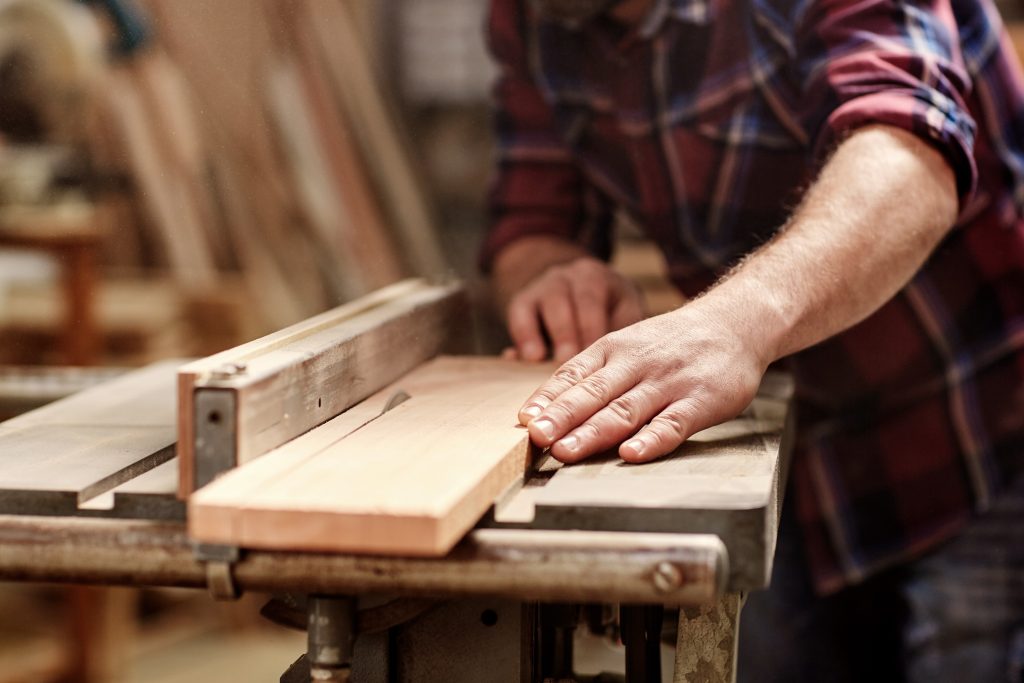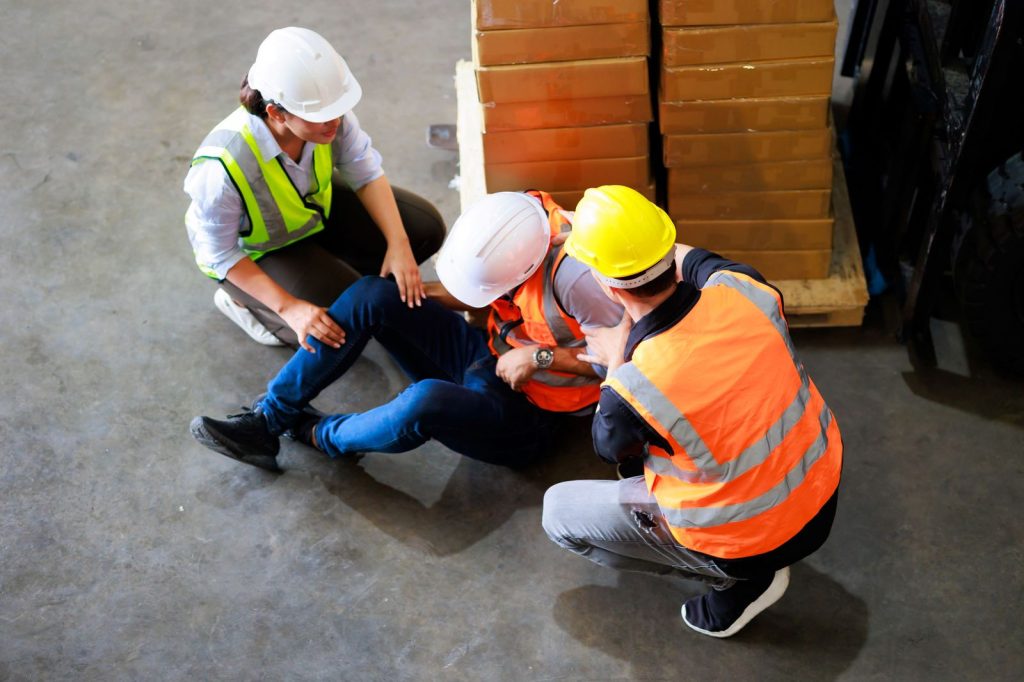Common Carpentry In juries and How to Prevent Them

Despite the perks that come with the carpentry profession, there are important risks related to carpentry safety. A quick search on the Occupational Safety and Health Administration´s (OSHA) website finds that there are tens of thousands of carpentry related injuries reported every year. For individual carpenters, larger contractors, and everyone in between, learning about common carpentry injuries is the first step in implementing workplace safety protocols to prevent injuries.
What Are The Most Common Carpentry-Related Injuries?
Carpenters often work in exposed and potentially dangerous areas. Climbing ladders or hanging off high scaffolding can certainly be a potential source of injury. Carpenters also use a wide range of manual and power tools that, when used incorrectly, can quickly lead to serious injury.
Some of the most common carpentry-related injuries include the following:
- Wounds, lacerations, and amputations to hands and fingers: Using power tools and being around sharp objects is an inevitable part of being a carpenter. Wounds, lacerations, and even the loss of fingers and/or hands is often caused by nail guns, protruding nails, and the process of cutting or sawing timber.
- Muscle injuries: Carpenters tend to lift heavy objects as part of their day-to-day job tasks. Improper lifting techniques can lead to back problems, muscle strains, and other muscle-related issues.
- Traumatic knee injury: This can arise from kneeling for long periods of time, or due to slipping and falling at a work site.
- Eye injuries: Carpenters can suffer from eye injuries due to exposure to small flecks of sawdust, metal, slivers of wood and nails.
- Lung damage: Airborne sawdust is a serious, potential health problem when tiny wood particles become airborne and are inhaled. The constant process of sawing and sanding can cause respiratory problems and lung damage. Wood dust is also a known human carcinogen.
- Falls: Serious injuries can occur from falling from heights, such as roofing, ladders, scaffolding, or second stories of unfinished buildings. Falling materials can also cause injury to carpenters working below. Unfortunately, fall-related accidents make up the vast majority of carpenter fatalities reported to OSHA.
How to Prevent the Most Common Carpentry Injuries
Fortunately, all of the most common carpentry injuries outlined above can be easily prevented by implementing basic carpentry safety protocols and practices. To avoid wounds, lacerations, and more serious amputations, carpenters should always use power tools that have clutches and safety guards in place. Furthermore, lightweight, ergonomic, and low-vibration tool options can further reduce the possibility of injury through easier use. Tight-fitting clothing is also important when working near rotating machines to avoid injuries.
Muscle, back, and knee injuries can all be avoided through applying proper lifting practices, keeping the back straight and using the legs for strength. Using a weight belt should be a priority if regular heavy lifting is expected on the job.
Glasses or goggles should always be used when working with wood or metal, especially in closed areas. To avoid inhaling sawdust and other tiny particulate matter, proper masks should always be worn, or be a required part of the uniform. 3M respirators offer the most protection for carpenters working in enclosed spaces, while simpler dust masks are adequate for outdoor use.
When working on high platforms, scaffolding, or ladders, proper safety protocols should always be used. This includes the use of harnesses and training all workers in basic fall prevention guidelines.
Custom-Built Injury Prevention By Work-Fit
For larger contractors who manage several carpenter employees, Work-Fit is a leader in onsite injury prevention and wellness management for your workforce. Our Injury Prevention program is pertinent to those in the carpentry industry as we incorporate an upstream model to encourage preventive habits among your staff to decrease injuries and increase employer healthcare savings. This model is the first line of defense when combating frequent on-the-job injuries.
Contact Work-Fit today to learn how our tailor-made programming can help prevent common carpentry injuries for your workforce.



